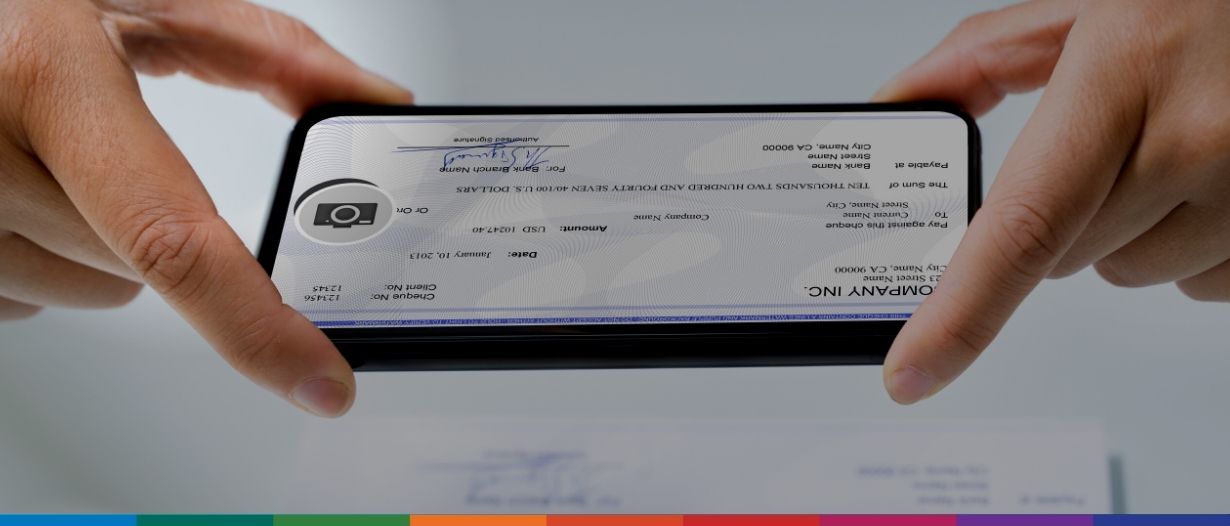Estimated reading time: 6 minutes
Traditional paper-based trade system
One of the difficulties related to international trade is the large volume of paper documents that make up much of the information flow between the different parties, including various documents such as invoices, bills of lading, certificates of origin, and customs declarations.
Nevertheless, relying on paper documents in international trade has drawbacks, including the cost and time required to prepare, transmit, and check these documents by customs officials and traders. Additionally, paper documents are prone to errors and fraud due to the complexity of trade transactions and the number of parties involved. Therefore, technology needs to be employed to streamline trade by creating digital ecosystems that reduce costs and increase efficiency by replacing paper with digital data flows.
Potential benefits of Optical Character Recognition for international trade
Optical Character Recognition (OCR) is a technology that has the potential to revolutionise the way businesses operate in the digital era. The OCR technology allows paper documents to be scanned and converted into digital formats.
OCR digitises paper documents so that they can be electronically edited, searched for, and used in other digital processes. Documents processed with the OCR solution offer the users recognition of characters, or entire texts and the possibility to select data contained in the document based on keywords. OCR technology has been widely used in various fields, including healthcare, finance, and legal services. However, one field that has greatly benefited from OCR is international trade.
One of the main benefits of using OCR in international trade is increased efficiency and accuracy. OCR can scan large volumes of documents quickly and accurately, meaning traders can process their documents faster, reducing shipment delays and improving supply chain management. This technology also eliminates the risk of human error in data entry, resulting in more accurate and reliable information. Furthermore, by automating the data entry process, employees are free to execute more critical tasks that require human judgment.
OCR can help reduce costs associated with international trade transactions by digitising trade documents, eliminating the need for physical storage space for paper-based documents. It also reduces the printing costs of producing multiple copies of paper-based documents. Moreover, by reducing the need for manual data entry, this technology can help reduce labour costs and improve the overall cost structure for business entities.

Use cases for Optical Character Recognition in international trade
The following represent some of the use cases of OCR technology that can streamline international trade transactions:
1. Invoice processing: OCR technology can be used to extract data from invoices, such as the invoice number, date, description of goods, and amount due. This eliminates the need for manual data entry, which is time-consuming and prone to errors. Additionally, it can be used to detect fraudulent invoices by comparing the data on the invoice with other documents such as purchase orders and shipping documents.
2. Customs clearance: OCR technology can be used to read shipping documents and customs declarations, making it easier for customs officials to process shipments quickly and accurately. This reduces the time it takes to clear goods through customs, which can help businesses save money on storage and transportation costs. Additionally, OCR technology can be used to verify the authenticity of shipping documents by comparing them against a database of known legitimate documents. This helps to prevent the use of counterfeit or forged documents in customs clearance processes.
3. Shipping labels: OCR technology can extract important information from shipping labels, such as the recipient’s name and address, package weight, and tracking number. The data extracted from shipping labels can be automatically added to a database or shipping system for easy tracking and analysis of the packages. This streamlines the process for logistics companies to track packages, ensuring proper identification and routing of shipments and reducing the likelihood of delays or loss.
4. Compliance monitoring: OCR technology can be used to scan trade documents (such as invoices, bills of lading, and certificates of origin) for keywords or phrases that indicate non-compliance with AML and/ or customs regulations by comparing the extracted data against various watch lists and databases of sanctioned individuals or entities. The data can then be processed using AI and natural language processing technology to identify high-risk countries, individuals, or entities involved in a trade transaction.
5. Product catalogues: Businesses can use OCR to extract text from product catalogues and create searchable catalogues. This would allow customers to compare products from multiple international suppliers in terms of quality, specifications, compatibility, and pricing, helping businesses make informed decisions about their purchases and suppliers.
6. Language translation: OCR technology can assist businesses in handling trade documents in different languages by providing language translation capabilities. This usually simplifies the process of conducting trade across various countries.
Challenges regarding the application of the OCR technology
Implementing OCR technology can come with several challenges that need to be addressed. One of the biggest challenges is ensuring that the OCR system can accurately recognise and interpret different fonts, characters, and languages. This requires the OCR system to have a high level of accuracy and be able to handle a large volume of data. It is argued that the best accuracy level reached using this technology is 85-90%. That means human intervention and manual effort may still be needed to double-check, correct and clean data.
Another challenge is dealing with image quality issues such as blurriness, distortion, and uneven lighting, which can affect the OCR system’s ability to read the text correctly. Furthermore, OCR technology may struggle with recognising handwritten or cursive text, which can be a major hurdle for certain applications.
OCR technology may also have difficulty with recognising text that is formatted in a non-standard way, such as tables or columns. This can lead to errors in recognition and formatting issues in the final document. In addition, implementing OCR technology can be expensive, especially for small businesses involved in international trade who may not have sufficient resources to invest in this type of technology.
Overall, implementing OCR technology requires careful consideration of these challenges and finding effective solutions to overcome them.
OCR technology has the potential to transform international trade by increasing efficiency, accuracy, and cost-effectiveness. By digitising critical trade documents such as invoices and bills of lading using OCR technology, traders can process their documents faster, reduce errors, and save costs. As international trade continues to grow, it is expected that OCR technology will play an increasingly important role in the digitalisation of trade processes.







































